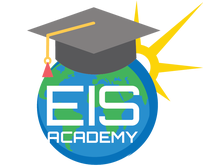Activities for Students in Classrooms
Activities/projects for Students to work through that are lead by teachers. In some cases these projects can be self led.
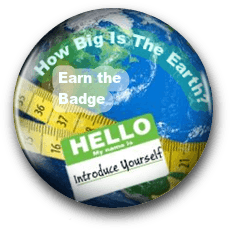
This project is funded by International Astronomical Union (IAU) is the the Office of Astronomy for Development (OAD) in partnership with the South African National Research Foundation.)
Using only the sunlight striking the Earth and a wooden dowel, students can measure the circumference of the earth. Eratosthenes did it over 2,000 years ago. In Cosmos, Carl Sagan shared the process by which Eratosthenes measured the angle of the shadow cast at local noon when sunlight strikes a stick positioned perpendicular to the ground. By comparing his measurement to another made a distance away, Eratosthenes was able to calculate the circumference of the earth.
This project meets standards for Math, Science, Reading and Geography.
Students receive buttons for each activity.

- Teacher: Theresa Allen
- Teacher: Pia Avolio de Martino Avolio de Martino
- Teacher: Felipe Carasso
- Teacher: Joyce Fisher
- Teacher: Hongfeng Guo
- Teacher: Hongfeng Guo
- Teacher: Stellan Kinberg
- Teacher: Linda Smentek
- Teacher: Bonnie Thurber
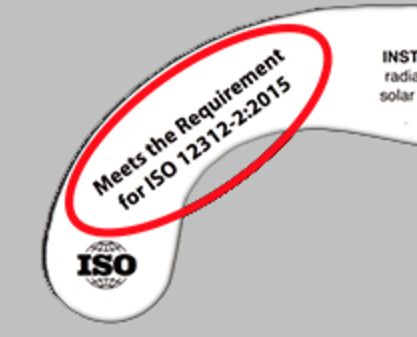
Title: Solar Eclipse Cybrary
Author: Bonnie Thurber
Grade levels: 5-12
Subject/Topic areas:
Standards: TBD
Short Description:August 21, 2017, a solar eclipse is going to be showing across the United States. This Cybrary includes some wonderful links to many many activities.
Warning:
CAUTION: COUNTERFEIT ECLIPSE GLASSES -
"...the marketplace is being flooded by counterfeit eclipse glasses that are labeled as if they're ISO-compliant when in fact they are not." - from the American Astronomical Society
Safety first!! - Reputable Vendors of Solar Filters & Viewers:
https://eclipse.aas.org/eye-safety/iso-certification
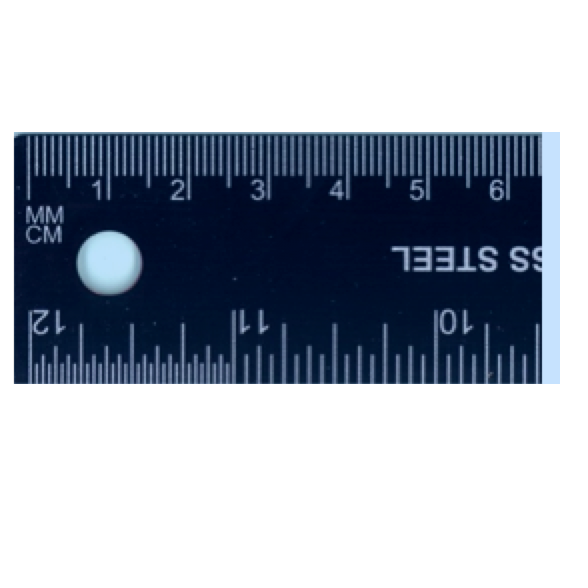
Written by: Linda Smentek & Kimberly Tran, EIS Education Team Members, 2016
Topic: Mathematics
Title of Lesson: Does It Measure Up? Metrics vs US Measurements
Grade (Age): Gr 5-8 (Age: 10-13)
Only three countries in the world do not use the metric system - the United States, Liberia, and Myanmar. How does the metric system compare to the US Measurement system? (This will be revised)
- Teacher: Linda N. Smentek
- Teacher: Kimberly Tran

Written by: Suzanne Monir, Kimberly Tran, EIS Education Team Members, August 2016
Title: Introduction to Solar Eclipses
Grade (Age) Level: Grades 5-8 (Ages 10-14)
Pre-requisites: There are no pre-requisites for this course but familiarity with the solar system is recommended.
In this project, students will be completing activities to learn more about the phenomenon of solar eclipses
- Teacher: Kimberly Tran
- Non-editing teacher: Suzanne Monir

Written By: Frances Dellutri, Middle School/Intermediate Level EIS Education Team, April 2016
EIS Topic: Atmosphere, Computers, Mathematics, Micro-gravity, Orbital Mechanics, Physics, Spacecraft
Grade (Age) Level: Grades 5-8 (Ages 10-13)
Key Topics Associated with Standards: Collecting, Analyzing and Interpreting Data; Gravitational Interactions; Forces and Motion, Relationship between Energy and Forces
US Standards: NGSS
MS-ESS1-2 http://www.nextgenscience.org/pe/ms-ess1-2-earths-place-universe
MS-ESS1-3 http://www.nextgenscience.org/pe/ms-ess1-3-earths-place-universe
This project will acquaint you with the forces that affect satellites, weightlessness, and the types of satellite orbits. The NSS Enterprise orbiter will be tracked upon launch in 2020 carrying 100+ student experiments! Learn about tracking satellites by using the Trek-A-Sat Activity, another lesson found in the EIS Academy!
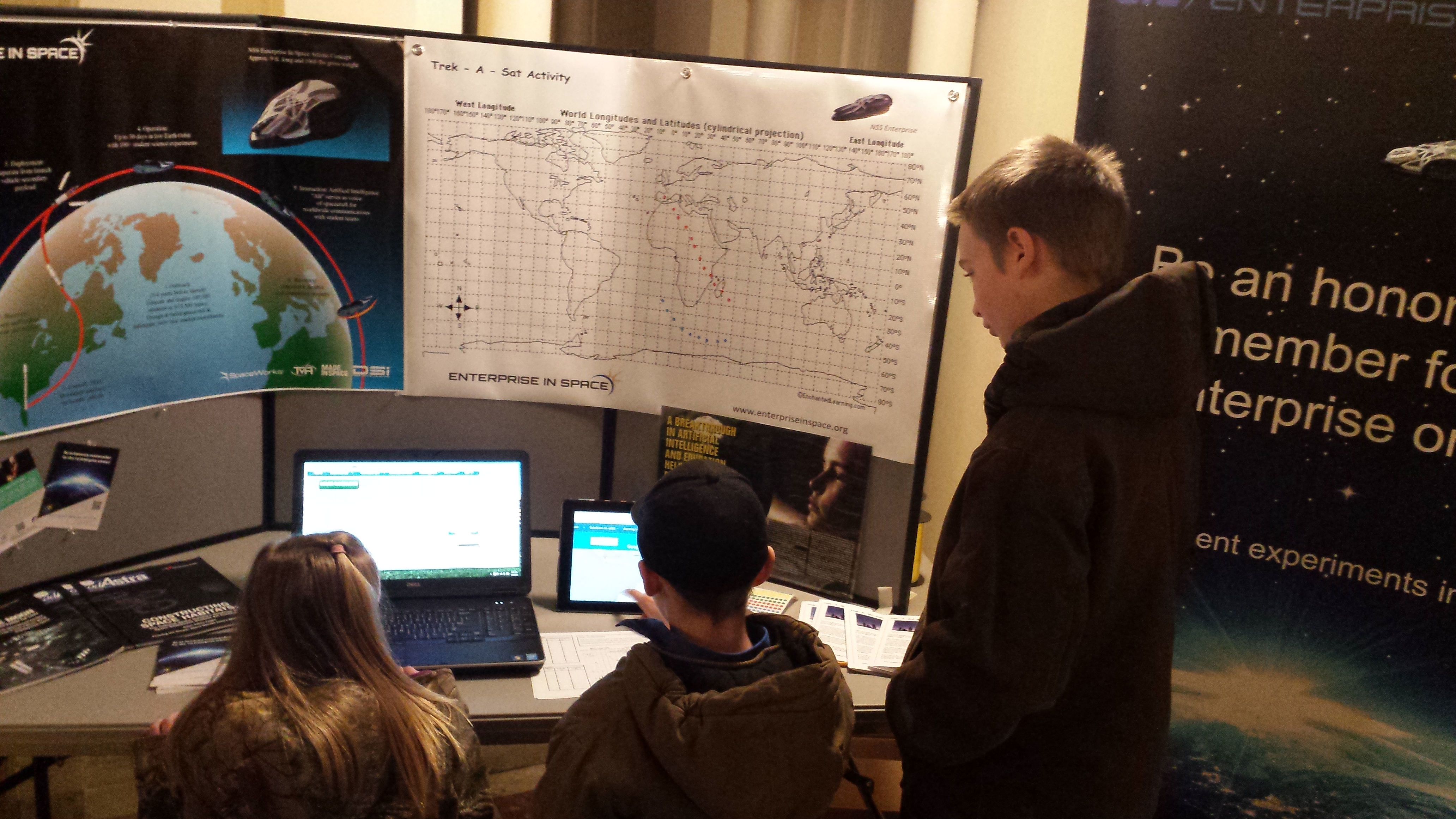
Written By: Frances Dellutri, Middle School/Intermediate Level EIS Education Team, June 2016
EIS Topic: Atmosphere, Centripetal Force, Computers, Mathematics, Micro-gravity, Free-fall, Orbital Mechanics, Physics, Satellites, Spacecraft, Weightlessness
Grade (Age) Level: Grades 5-8 (Ages 10-13)
Key Topics Associated with Standards: Collecting, Analyzing and Interpreting Data; Gravitational Interactions; Forces and Motion, Relationship between Energy and Forces
US Standards: NGSS:
MS-ESS1-1 http://www.nextgenscience.org/pe/ms-ess1-1-earths-place-universe
MS-PS2-4 http://www.nextgenscience.org/pe/ms-ps2-4-motion-and-stability-forces-and-interactions
MS-PS2-5 http://www.nextgenscience.org/pe/ms-ps2-4-motion-and-stability-forces-and-interactions
With this project you can track a satellite in real time. There are hundreds of satellite orbiting our planet. The project "Satellites -The NSS Enterprise is an unmanned satellite that will be launching in 2020-2021 and will be carrying 100+ student experiments. You can compete to send your experiment to space! The competition is planned to be open in 2018, watch for an update.
- Manager: Mark Edakara
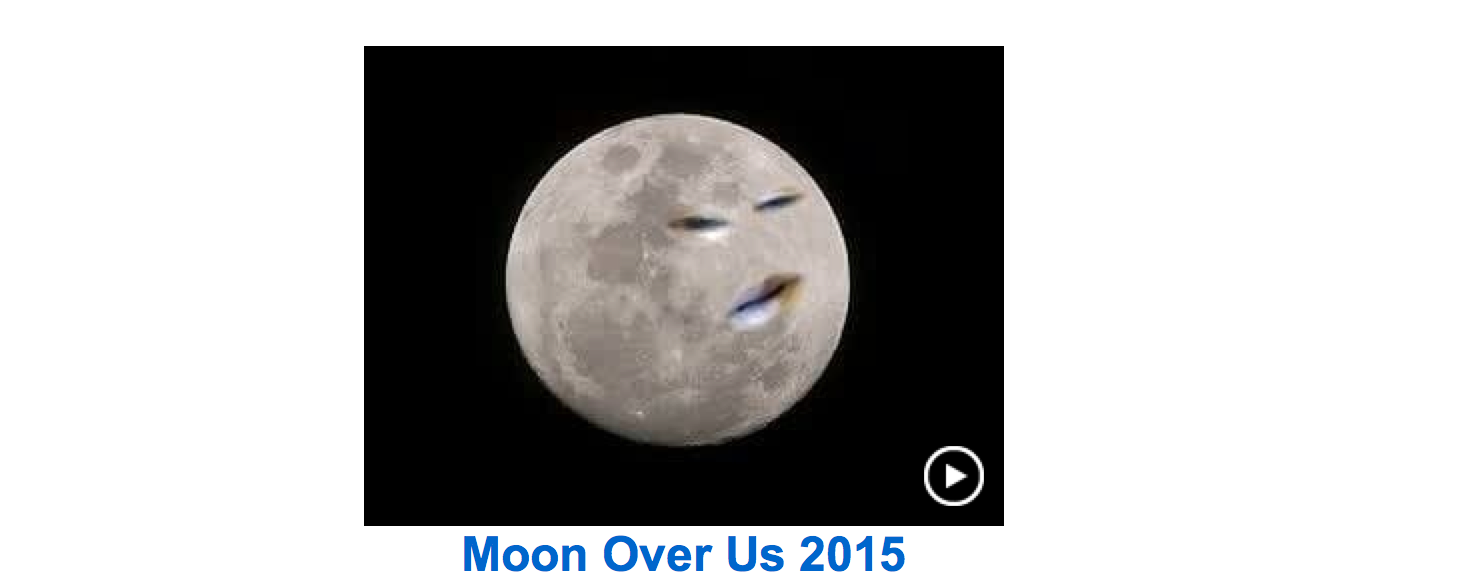
Title: Moon Over Us Authors: Bonnie Thurber, Hongfeng Guo Grade Levels/Ages: grades 5-8, Middle School Subject Areas: Science, Astronomy, Space Science, Language Arts, Art Standards: Short Description: In this project, students become cultural astronomers. They take a survey about the moon; draw images or take digital pictures of the moon once a week or more at approximately the same time each evening in March and April to get the full cycle. After posting their images with time, date, latitude, and longitude, students research and compare each others' images of the moon; create more web pages that include poetry, history, beliefs, stories, and research. Students use dialogue, comments, and discussion to share their valuable insights. The project ends with a final survey and sharing reflections. Students receive iCollaboratory/Kidlink Web Badges and a certificate for completing the project.
- Teacher: Manoel Araujo Filho
- Teacher: Joyce Fisher
- Teacher: Hongfeng Guo
- Teacher: Ananthi Paul
- Teacher: Bonnie Thurber
- Teacher: Admin User
